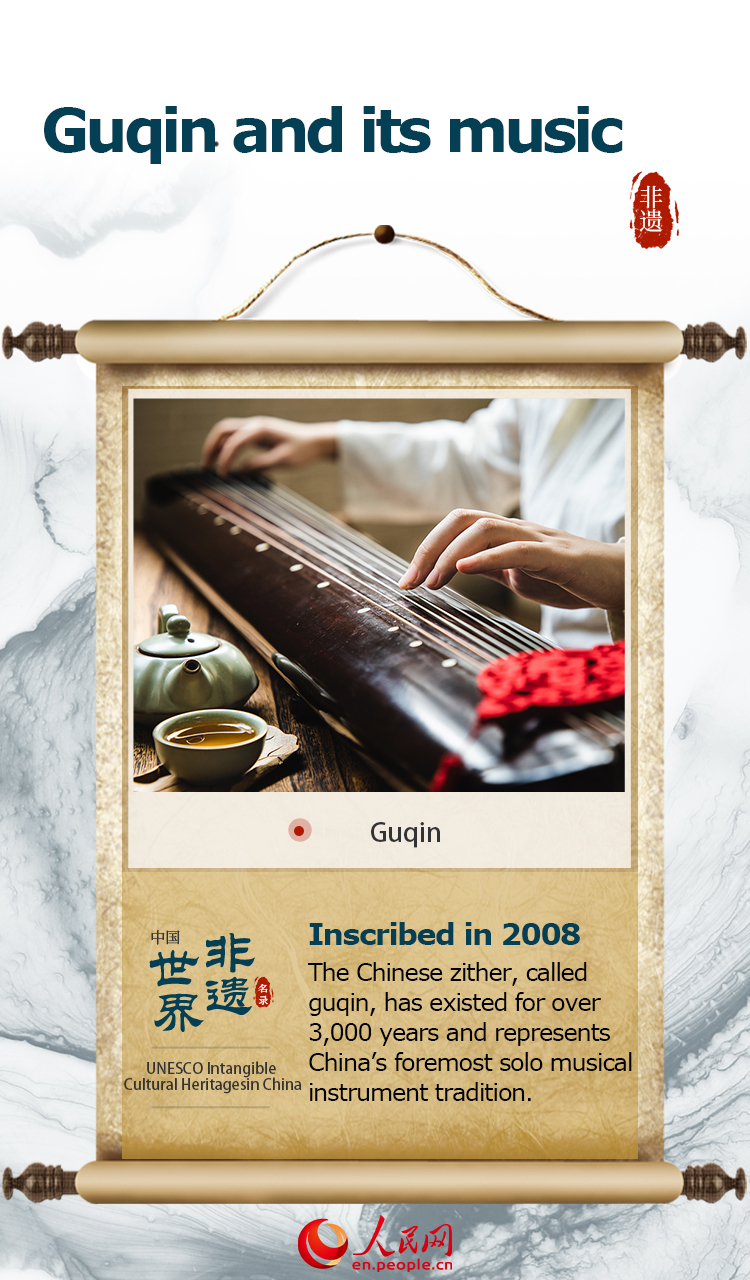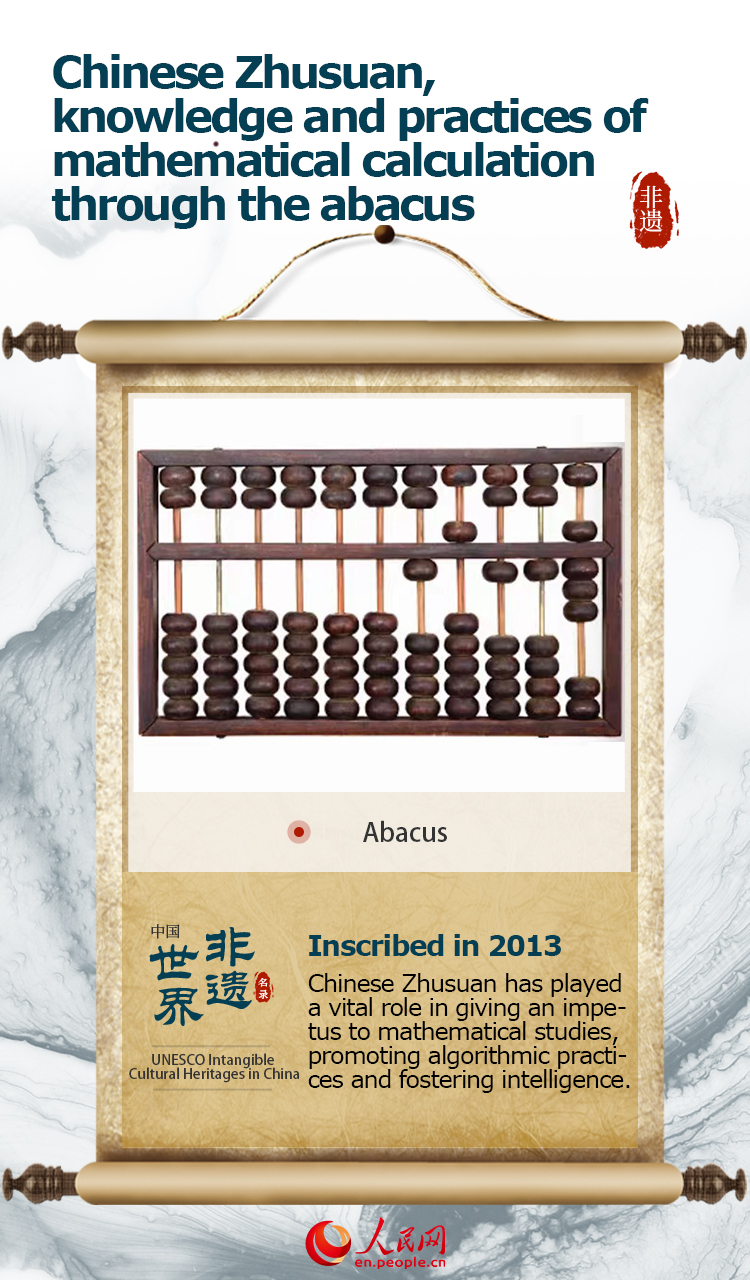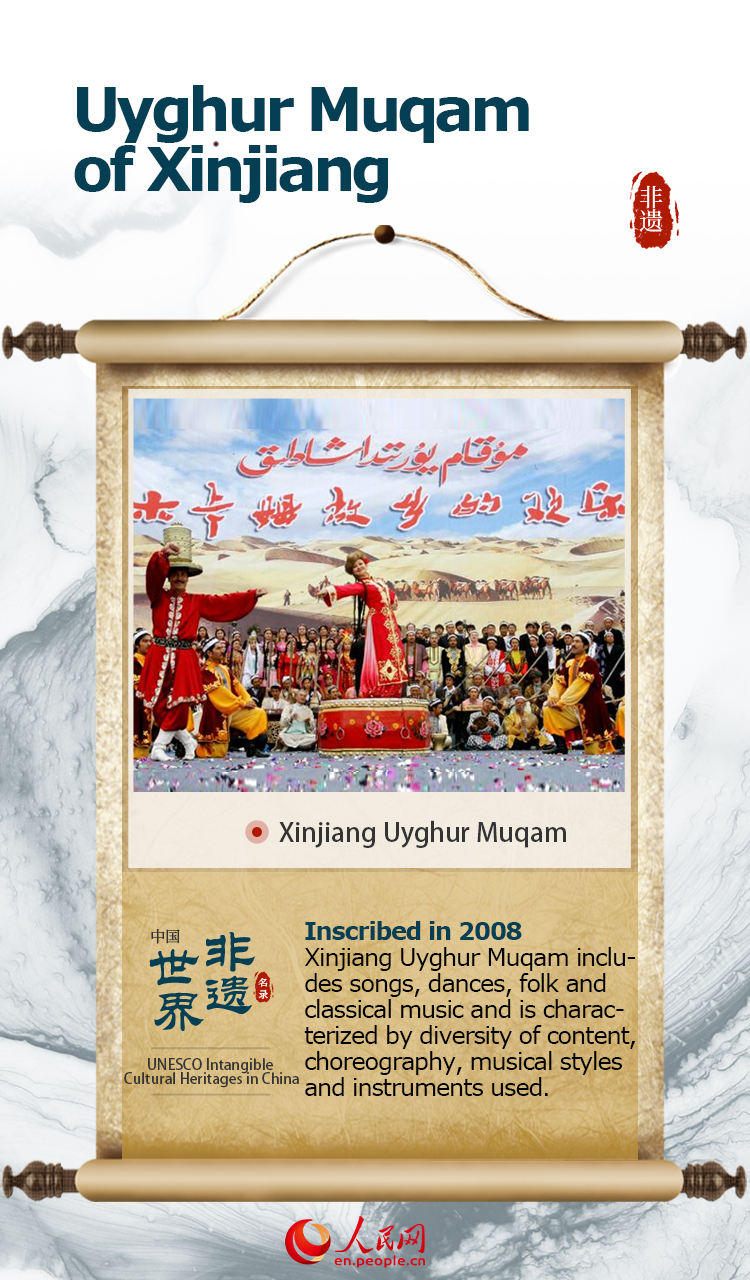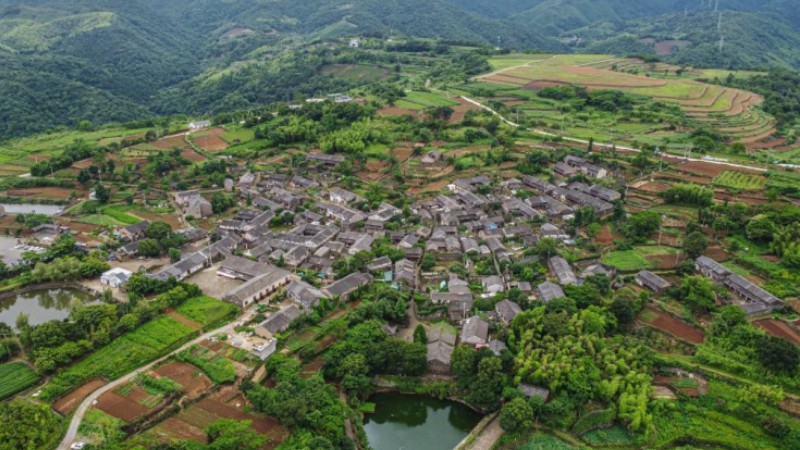UNESCO’s Intangible Cultural Heritages in China (I)
Editor's note:
As of Dec. 2022, China has 43 items on the intangible cultural heritage list of the United Nations Educational, Scientific, and Cultural Organization (UNESCO), continuing to be the most enlisted country in the world. Now, please join us to appreciate some outstanding items.

Traditional tea processing techniques and associated social practices in China
The item "Traditional tea processing techniques and associated social practices in China" was added to the intangible cultural heritage list on Nov. 29, 2022.
The traditional tea processing techniques and associated social practices in China consist of knowledge, skills, and practices concerning the management of tea plantations, picking of tea leaves, manual processing, drinking, and sharing of tea.
Since ancient times, Chinese people have been planting, picking, making and drinking tea. Tea producers have developed six categories of tea: green, yellow, dark, white, oolong and black teas.

Guqin and its music
The item “Guqin and its music” was inscribed on UNESCO's Representative List of the Intangible Cultural Heritage of Humanity in 2008.
The Chinese zither, called guqin, has existed for over 3,000 years and represents China’s foremost solo musical instrument tradition. Described in early literary sources and corroborated by archaeological finds, this ancient instrument is inseparable from Chinese intellectual history.
The guqin was one of the four arts – along with calligraphy, painting and an ancient form of chess – that Chinese scholars were expected to master.

Chinese Zhusuan, knowledge and practices of mathematical calculation through the abacus
The item “Chinese Zhusuan, knowledge and practices of mathematical calculation through the abacus” was inscribed on UNESCO's Representative List of the Intangible Cultural Heritage of Humanity in 2013.
Chinese Zhusuan is a time-honoured traditional method of performing mathematical calculations with an abacus. Practitioners can perform addition, subtraction, multiplication, division, exponential multiplication, root and more complicated equations by moving beads along the abacus rods according to defined formulas.
Chinese Zhusuan has played a vital role in giving an impetus to mathematical studies, promoting algorithmic practices and fostering intelligence.

Art of Chinese seal engraving
The item “Art of Chinese seal engraving” was inscribed on UNESCO's Representative List of the Intangible Cultural Heritage of Humanity in 2009.
The art of seal engraving is a cornerstone of Chinese fine arts. The seal was originally used as a signature or sign of authority, but it came to be used by all social classes and in much of Asia.
As an instrument of calligraphy and painting, the seal is a work of art in itself. It expresses an entire culture’s ideas about humankind and nature. Today, seals continue to be used in official documents and private correspondence.

Sericulture and silk craftsmanship of China
The item “Sericulture and silk craftsmanship of China” was inscribed on UNESCO's Representative List of the Intangible Cultural Heritage of Humanity in 2009.
Traditionally an important role for women in the economy of rural regions, silk-making encompasses planting mulberry, raising silkworms, unreeling silk, making thread, and designing and weaving fabric.
Silk touches the lives of rural Chinese in the form of the silk clothes, quilts, umbrellas, fans and flowers that punctuate everyday life.

Acupuncture and moxibustion of traditional Chinese medicine
The item “Acupuncture and moxibustion of traditional Chinese medicine” was inscribed on UNESCO's Representative List of the Intangible Cultural Heritage of Humanity in 2010.
Acupuncture and moxibustion are forms of traditional Chinese medicine widely practised in China and also found in regions of south-east Asia, Europe and the Americas.
The theories of acupuncture and moxibustion hold that the human body acts as a small universe connected by channels, and that by physically stimulating these channels the practitioner can promote the human body’s self-regulating functions and bring health to the patient.

Uyghur Muqam of Xinjiang
The item “Uyghur Muqam of Xinjiang” was inscribed on UNESCO's Representative List of the Intangible Cultural Heritage of Humanity in 2008.
The Xinjiang Uyghur Muqam is the general term for a variety of Muqam practices widespread among the Uyghur communities, which form one of the largest ethnic minorities of the People’s Republic of China.
Xinjiang Uyghur Muqam includes songs, dances, folk and classical music and is characterized by diversity of content, choreography, musical styles and instruments used.

Xi’an wind and percussion ensemble
The item “Xi’an wind and percussion ensemble” was inscribed on UNESCO's Representative List of the Intangible Cultural Heritage of Humanity in 2009.
Xi’an wind and percussion ensemble, which has been played for more than a millennium in China’s ancient capital of Xi’an, in Shaanxi Province, is a type of music integrating drums and wind instruments, sometimes with a male chorus.
Scores of the music are recorded using an ancient notation system dating from the Tang and Song dynasties (seventh to thirteenth centuries). Approximately three thousand musical pieces are documented and about one hundred fifty volumes of handwritten scores are preserved and still in use.

Farmers’ dance of China’s Korean ethnic group
The item “Farmers’ dance of China’s Korean ethnic group” was inscribed on UNESCO's Representative List of the Intangible Cultural Heritage of Humanity in 2009.
Gathering in fields or villages during community festivals, members of the Korean ethnic group in Jilin and other provinces in north-eastern China offer a traditional sacrifice to the God of the Land to pay homage to nature and pray for good fortune and a plentiful harvest.
As the product of accumulated labour and wisdom, the farmers’ dance remains an important expression of the cultural heritage of China’s Korean ethnic group.

Urtiin Duu, traditional folk long song
The item “Urtiin Duu, traditional folk long song” was inscribed on UNESCO's Representative List of the Intangible Cultural Heritage of Humanity in 2008.
The Urtiin duu or “long song” is one of the two major forms of Mongolian songs, the other being the short song” (bogino duu).
As a ritual form of expression associated with important celebrations and festivities, Urtiin duu plays a distinct and honoured role in Mongolian society. It is performed at weddings, the inauguration of a new home, the birth of a child, the branding of foals and other social events celebrated by Mongolia’s nomadic communities.The Urtiin duu can also be heard at the naadam, a festivity featuring wrestling, archery and horseracing competitions.
Photos
Related Stories
- Relaxed controls to unleash potential in culture, tourism
- Young Brazilian spreads Hanfu culture through short videos
- Compilation of archives on China-Soviet Union cultural relations published
- China to further integrate culture, tourism
- China's cultural industry saw solid expansion in 2021
- 18th China (Shenzhen) International Cultural Industries Fair kicks off
- Experts say Pakistan-China collaboration on education, cultural exchange on upward trajectory
- A glimpse of headquarters of National Archives of Publications and Culture in Beijing
- Feature: Understanding Chinese culture starting from a fan
- Awareness of culture key to modernization
Copyright © 2023 People's Daily Online. All Rights Reserved.









